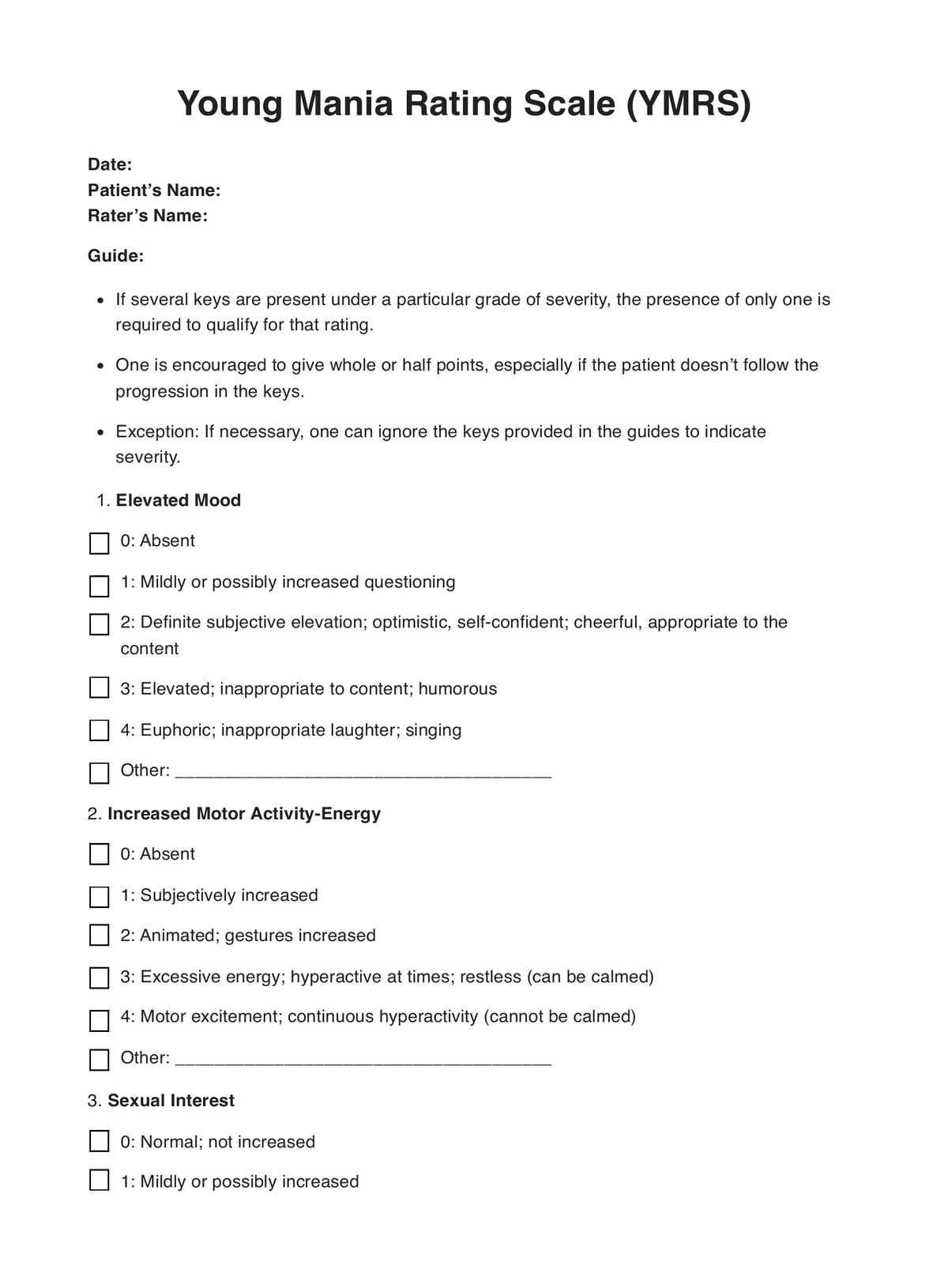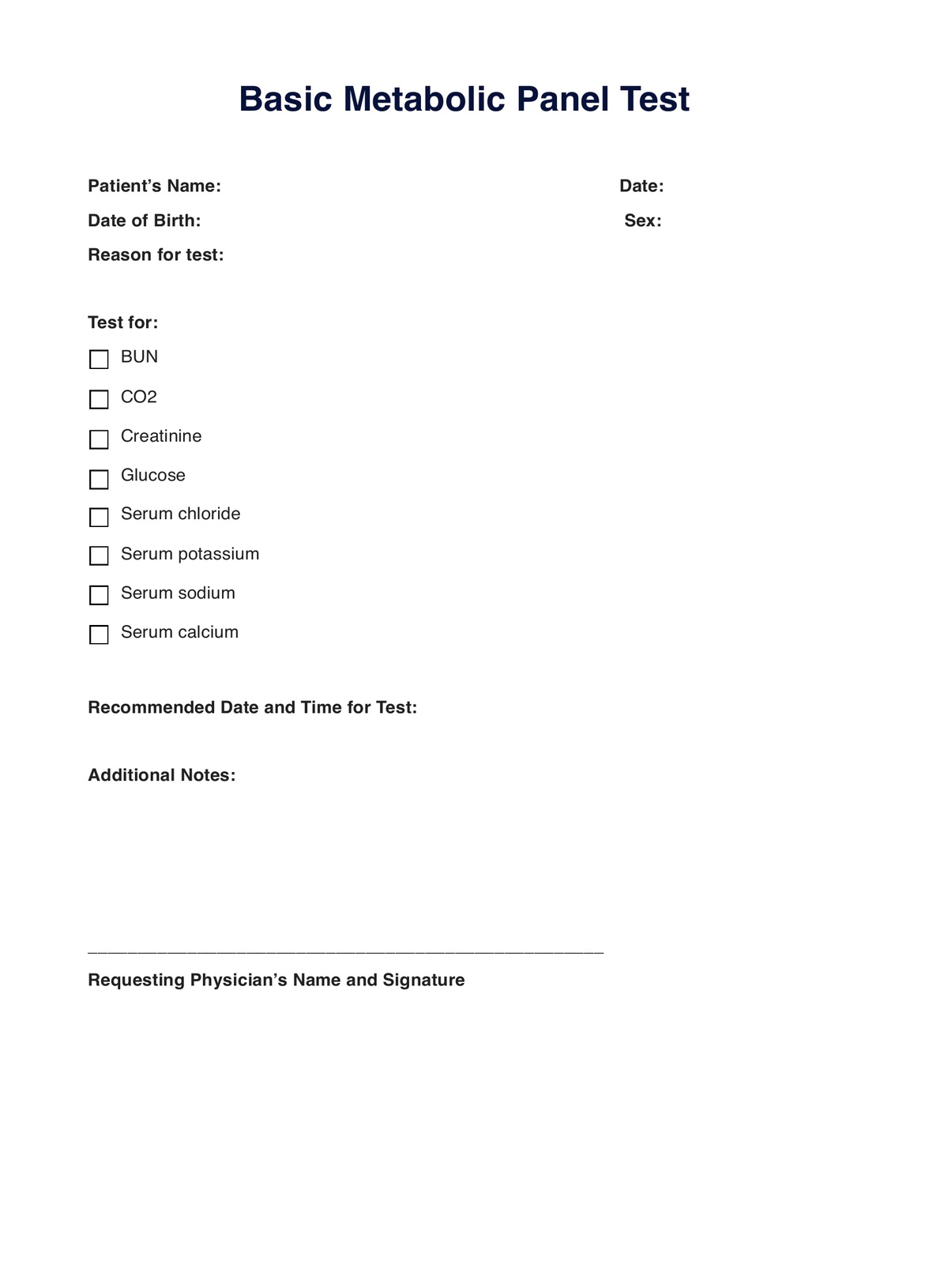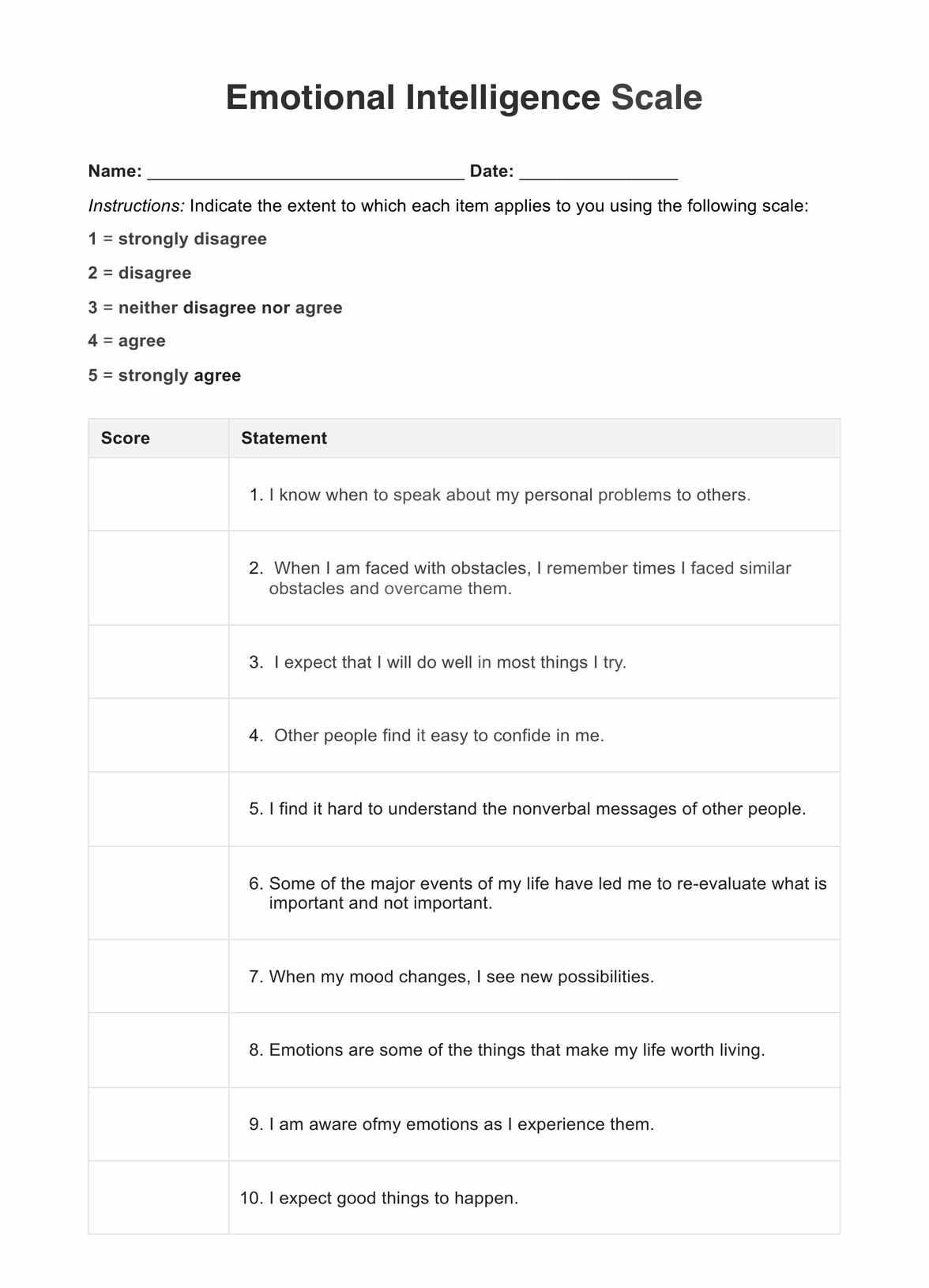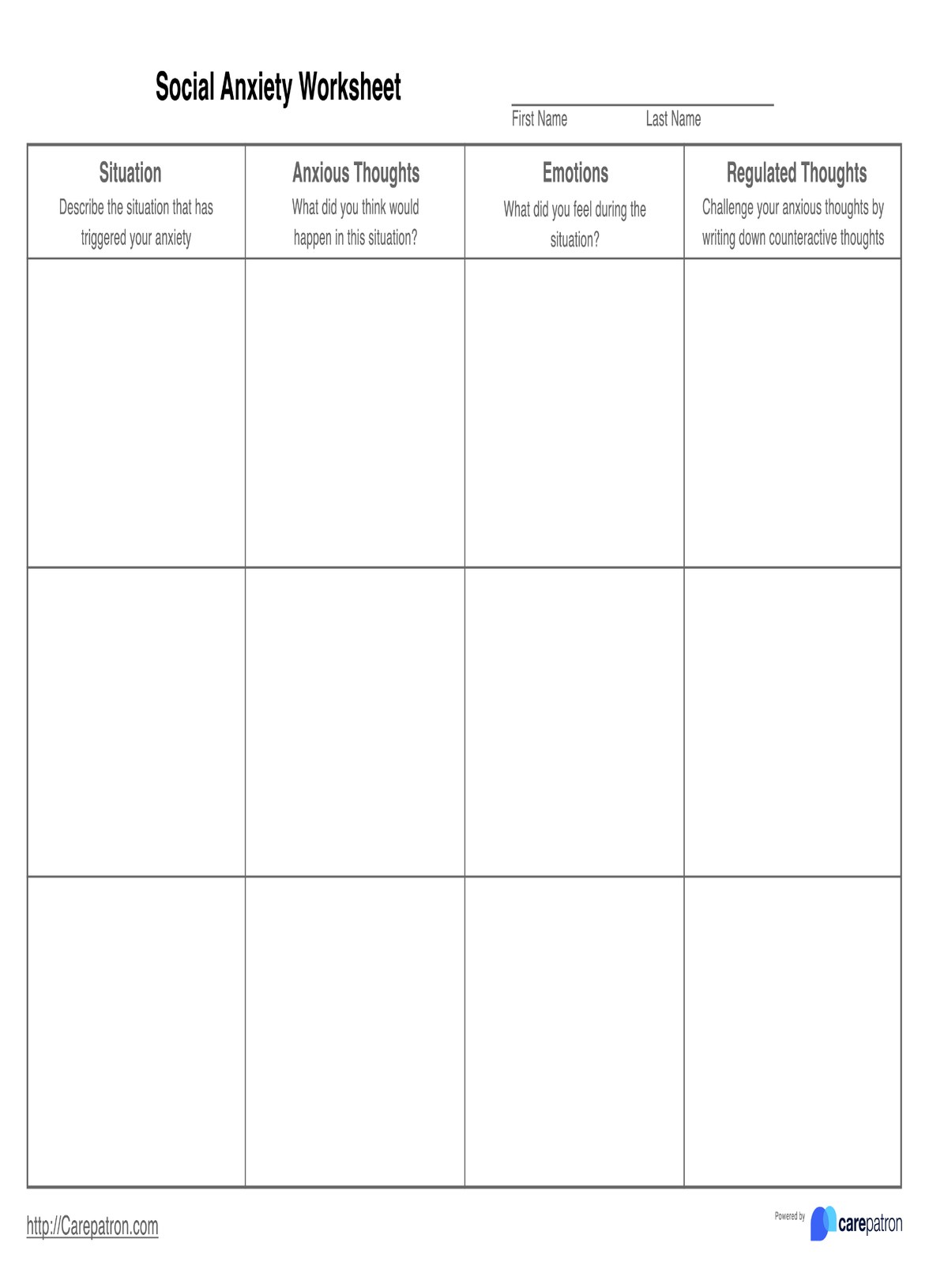Facial Expression Charts
Enhance emotion recognition and communication with a Facial Expression Chart. Improve patient interactions, assessments, and therapy.


What is a Facial Expression Chart?
Facial expressions convey meaning in different contexts through coordinated muscle movements that express emotions. A Facial Expression Chart is a powerful visual tool used across diverse fields. This chart presents a comprehensive array of facial expressions and emotions, ranging from basic feelings like happiness, sadness, anger, and fear to more subtle and complex emotions like confusion, disgust, and beyond.
The primary objective of the chart is to enhance people's ability to recognize and interpret emotions accurately. Therapists may utilize these charts during therapy sessions in psychology and counseling to help patients develop emotional awareness.
Patients can better express their feelings by pinpointing specific facial cues associated with various emotions, leading to more effective communication and deeper emotional understanding.
Facial Expression Charts Template
Facial Expression Charts Example
How does this Facial Expression Chart PDF work?
The Facial Expression Chart is straightforward to use. Follow these steps to get started:
Step 1: Access the chart
Click "Use template" from this guide to access the chart within the Carepatron app before you can print or send it as an online reference. You can also click on "Download" for a fillable PDF template.
Step 2: Explain the purpose to your client
Introduce the chart to your client by explaining how facial expressions relate to emotions. Help them understand that facial cues are key to communication, especially for recognizing and expressing feelings. This is particularly useful for clients with social, neurological, or emotional difficulties.
Step 3: Use the chart during sessions to practice expressions
For clients who struggle with facial movements, use the chart as a guide to help them practice. Observe the client's facial expressions, such as movement of eyebrows, eyes, mouth, and other facial muscles. Encourage them to mimic different expressions in front of a mirror or during exercises. This can improve their ability to convey emotions and interpret others' feelings more accurately.
Step 4: Provide as reference to clients
Give clients a copy of the Facial Expression Chart template to take home for further practice. They can use the image as a reference in daily life, improving their confidence in recognizing and expressing emotions. Caregivers and family members can also use the chart to support the client’s progress.
When would you use the Facial Expression Chart template?
The Facial Expression Chart is a valuable resource that finds relevance and usefulness in various scenarios. Let's explore the key moments when this template proves to be indispensable:
During emotional check-ins
You can use the chart when you're checking in with clients about their emotional state. It’s a great way to help them recognize and label how they’re feeling, especially when words might not come easily.
When verbal communication is challenging
If your client has difficulty expressing their emotions verbally, the chart can act as a nonverbal tool to guide them in recognizing their feelings. This can be especially useful for more visual clients or who find it easier to identify emotions through facial expressions.
For building emotional awareness in therapy
If you’re working with clients on developing emotional intelligence, the chart can help them become more aware of their emotional responses. It’s a simple way to highlight how subtle changes in their facial expressions reflect their feelings.
Benefits of facial expressions chart
The Facial Expression Chart can be used to understand emotions and communication better. The following are key benefits:
Accurate emotion recognition
The Facial Expression Chart can help you guide your clients in recognizing and interpreting emotions through facial cues. It’s especially beneficial in therapy, where understanding emotions is key to supporting clients and improving communication.
Enhanced emotional awareness
You can help your clients become more emotionally aware. As they familiarize themselves with common facial expressions, they’ll become better at picking up on the subtle cues that reveal emotions, leading to improved emotional intelligence and empathy.
Effective communication
This chart is also valuable when verbal communication is limited or challenging. It enables your clients to accurately determine and express emotions nonverbally effectively, making their communication authentic during your sessions.
Personal development
The chart can also be a great tool for personal growth. When your clients reflect on their facial expressions, they’ll gain a deeper insight into human emotions and emotional responses and work on improving emotional regulation, which can enhance their overall personal development.
Commonly asked questions
The seven primary facial expressions are happiness, sadness, surprise, fear, anger, disgust, and contempt. These emotions are universally recognized and reflect essential human emotional experiences.
The Facial Expression Chart can be used during emotional check-ins, when verbal communication is challenging, or to help build emotional awareness in therapy. It's a useful tool for guiding clients in recognizing and labeling their emotions through facial cues.
Yes, the Facial Expression Chart is helpful for all ages, though it may need to be adapted based on age. It provides a visual way to recognize and understand emotions, making it accessible to many people.
Affective computing facial expression recognition is the technology that analyzes facial expressions to identify and interpret emotions. It’s used in various fields, including psychology, healthcare, and human-computer interaction, to enhance understanding of emotional states.


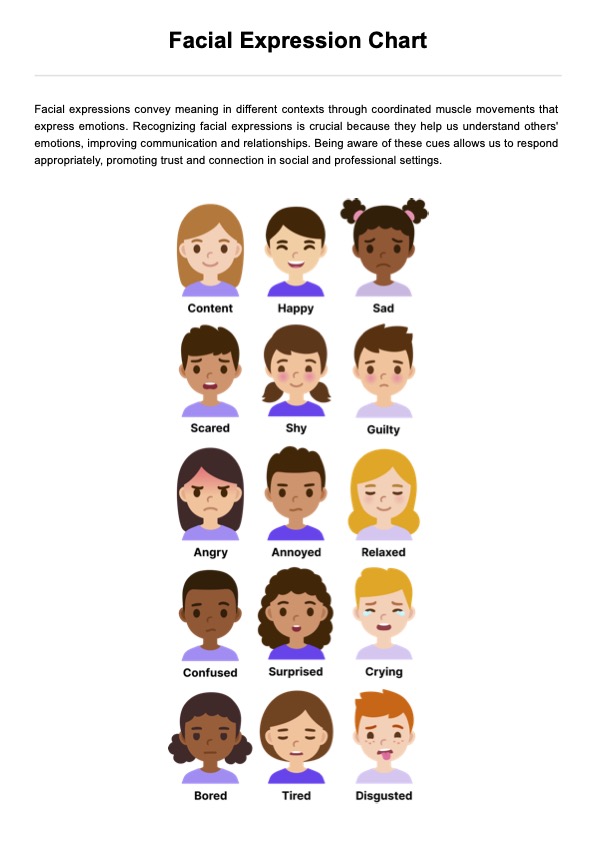
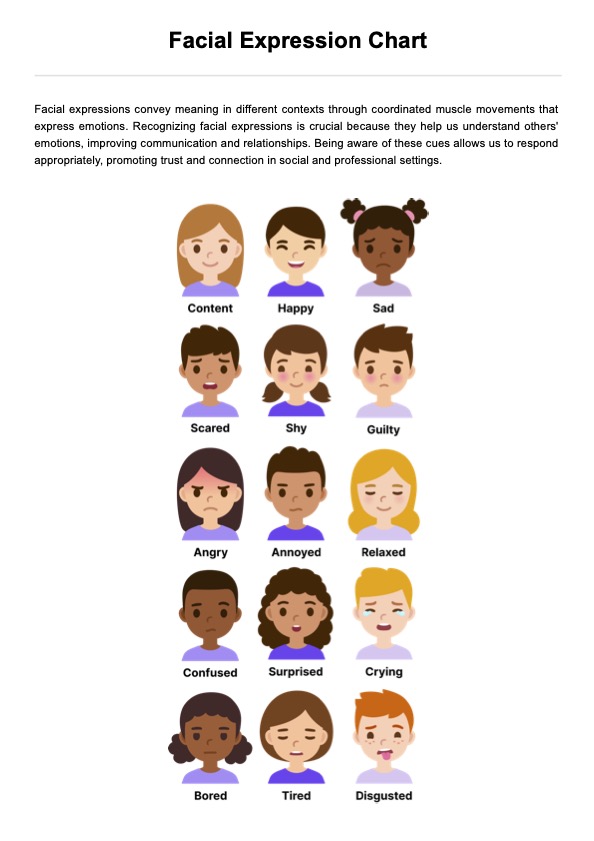















-template.jpg)





















































































